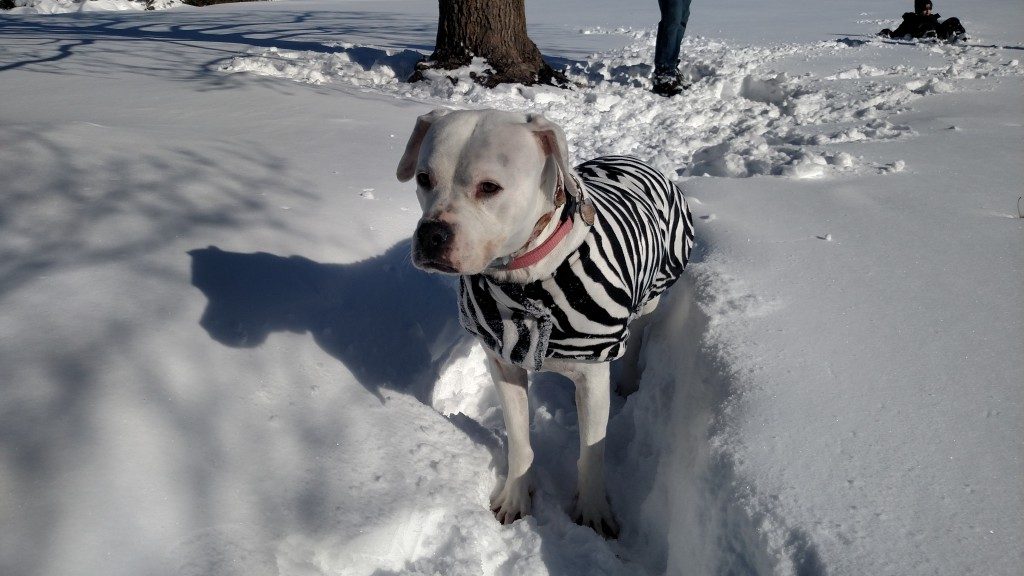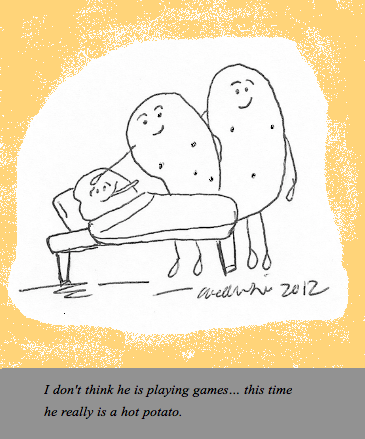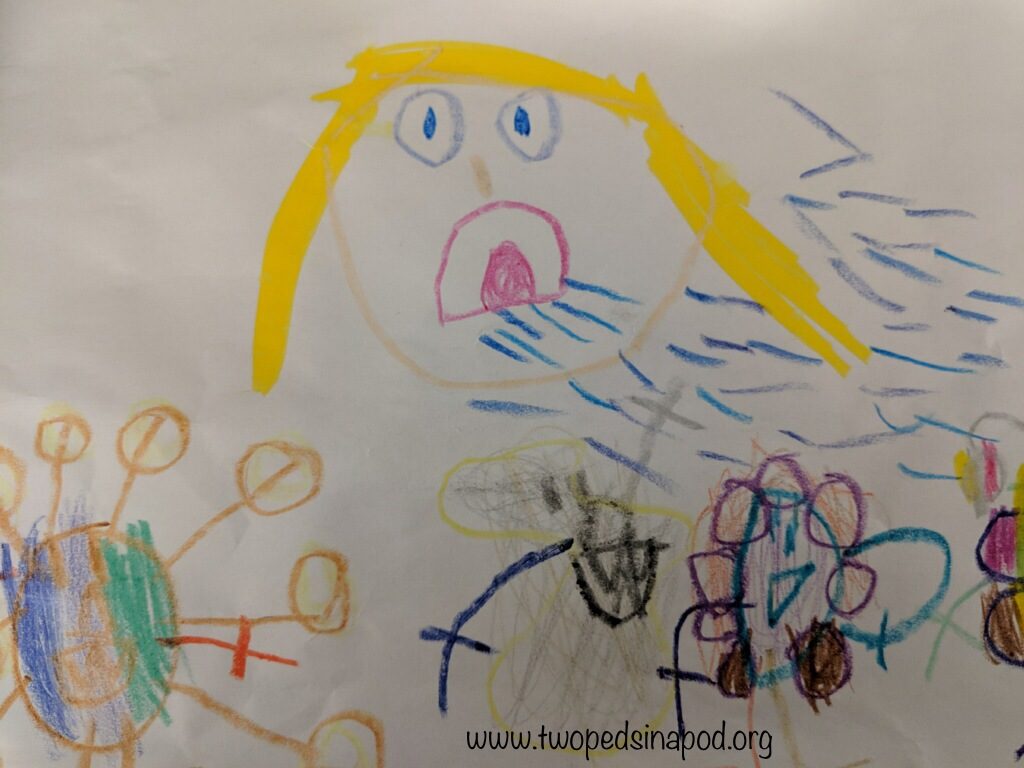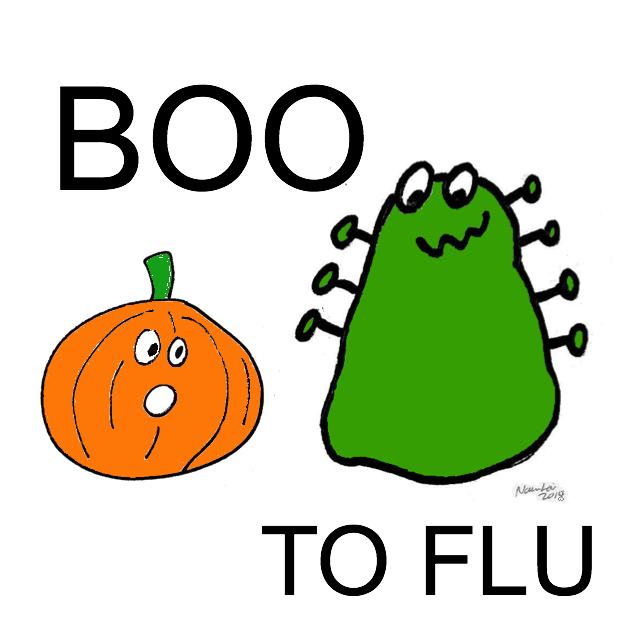
I love kids who worry. If they didn’t worry, they wouldn’t care, and if they didn’t care, nothing would ever get done. But sometimes, those worries grow bigger than your child and threaten to engulf them. Like any skill, you can teach your child to calm their mind and settle their emotions. Helping them with relaxation techniques as they fall asleep will translate into the ability for your child to calm themselves during the day.
When your child was a baby you would rock them, sing to them, and maybe give a pacifier. But now that they are older, other calming modalities are available.
Start with yourself. Your child looks to you to see how to act. If you constantly feel off balance yourself, you will find it difficult to convey reassurance and confidence. Therapist Dina Ricciardi reminds parents to incorporate mindfulness into our daily lives. She says, “Relaxation techniques should tap into one or more of our five senses. Tactile – doing something with our hands such as knitting, gardening or baking, or sitting in a warm bath; auditory – such as listening to music or nature sounds; olfactory – aromatherapy oils and diffusers, visual – looking at photos or art, a crackling fire, or visualizing a face or place that makes you happy; taste – sipping a cup of tea.” One app for meditation and mindfulness is found at headspace.com. For kids, Ricciardi suggests Mind Yeti. “Anxiety is easily projected, parents need to understand they are barometers,” says therapist and resilience expert Amy O’Neil.
Events in the day can affect your child’s ability to clear their head at bedtime. Generally, anything that disrupts routine is difficult for kids. Change, even good change, can cause stress. Also, don’t assume that your greatest concern is necessarily your kid’s greatest concern. You may be worried about mass shootings and your child might be worried that you will find out that they failed a math test that day. Understand where your child is developmentally—trying to explain negative news events and holding long discussions about future repercussions may only confuse your child if they are not developmentally ready to comprehend the news. This post gives you ideas of how to present tragic events to your kids.
Check to make sure that your children’s bedtime routine is conducive to sleep and feels secure and cozy at all ages. Instill healthy sleep habits and don’t rev up their minds just prior to sleep. Close to the targeted bedtime, avoid screen time and homework. Create a bedtime routine which includes a tuck in by you at any age. Convey that you are putting them in a safe place and that it’s okay to “let go.” For relaxation, as part of the bedtime routine, you can guide your child through deep, diaphragmatic breathing or a guided imagery exercise. Click here for more details from Dr. Sandy Barbos. Ricciardi is also a fan of the 4×4 breathing relaxation technique used by Navy Seals. In this technique, one inhales for four seconds, holds for 4 seconds, then exhales for 4 seconds. This pattern is repeated.
After guiding your child, allow them time to self-calm by themselves immediately before bed. This time, which some call meditation or prayer, becomes your child’s self-calming quiet time and allows them to drift off to sleep on their own.
Giving your child the ability to relax and fall asleep on their own, no matter what swirls around them, is a gift they will cherish into adulthood.
Naline Lai, MD and Julie Kardos, MD
©2018 Two Peds in a Pod®









